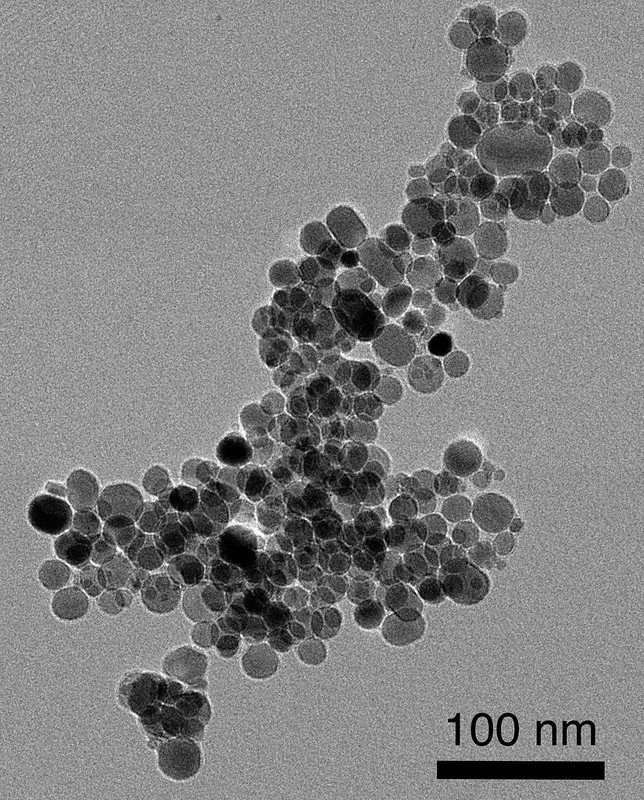Nanoscale rust: The future of magnets?
This post first appeared on the Canadian Light Source. (I love this one, and Rachel’s love for magnets!
Every motor we use needs a magnet. University of Manitoba researcher Rachel Nickel is studying how rust could make those magnets cheaper and easier to produce.
Her most recent paper, published in the journal Nano Letters, explores a unique type of iron oxide nanoparticle. This material has special magnetic and electric features that could make it useful. It even has potential as a permanent magnet, which we use in car and airplane motors.
What sets it apart from other magnets is that it’s made from two of the most common elements found on earth: iron and oxygen. Right now, we use magnets made out of some of the rarest elements on the planet.
“The ability to produce magnets without rare earth elements is incredibly exciting,” says Nickel. “Almost everything that we use that has a motor where we need to start a motion relies on a permanent magnet”.
Researchers only started to understand this unique type of rust, called epsilon iron oxide, in the last 20 years.
“Now, what’s special about epsilon iron oxide is it only exists in the nanoscale,” says Nickel. “It’s basically fancy dust. But it is fancy dust with such incredible potential.”
TEM (Transmission electron microscope) image showing nanoparticles of epsilon iron oxide
In order to use it in everyday technology, researchers like Nickel need to understand its structure. To study epsilon iron oxide’s structure in different sizes, Nickel and colleagues collected data at the Advanced Photon Source (APS) in Illinois, thanks to the facility’s partnership with the Canadian Light Source (CLS) at the University of Saskatchewan. As the particle sizes change, the magnetic and electric traits of epsilon iron oxide change; the researchers began to see unusual electronic behaviour in their samples at larger sizes.
Nickel hopes to continue research on these particles, pursuing some of the stranger magnetic and electric properties.
“The more we are able to investigate these systems and the more we have access to facilities to investigate these systems, the more we can learn about the world around us and develop it into new and transformative technologies,” she says.
This work was funded through the Natural Sciences and Engineering Research Council of Canada and the Canada Foundation for Innovation.
Nickel, Rachel, Josh Gibbs, Jacob Burgess, Padraic Shafer, Debora Motta Meira, Chengjun Sun, and Johan van Lierop. "Nanoscale Size Effects on Push–Pull Fe–O Hybridization through the Multiferroic Transition of Perovskite ϵ-Fe2O3." Nano Letters (2023). https://doi.org/10.1021/acs.nanolett.3c01512





